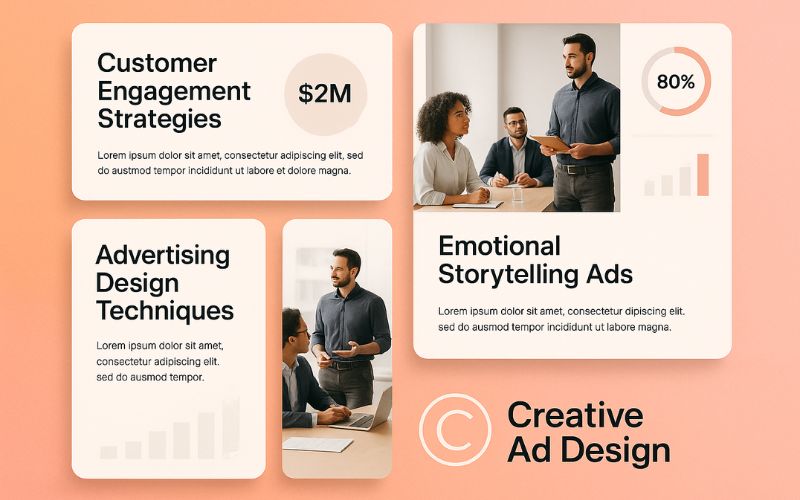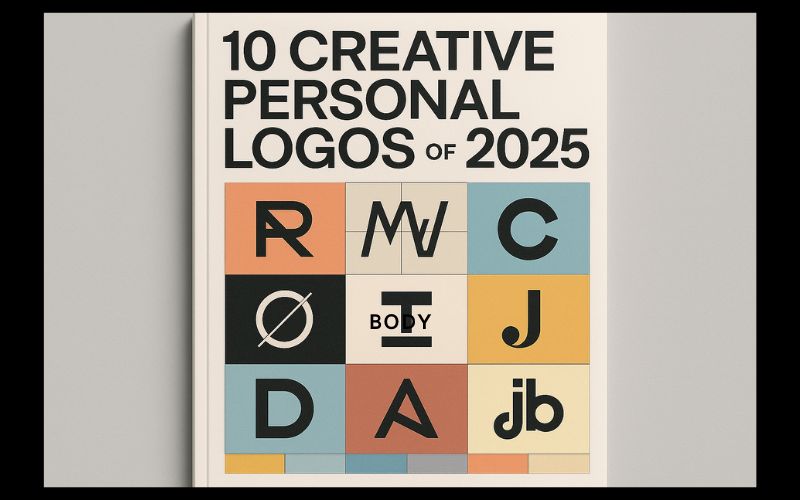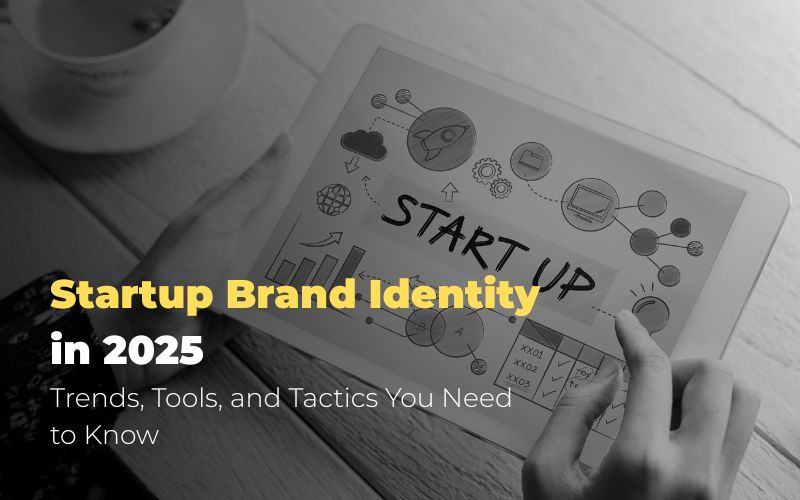The Psychology Behind Creative Ad Design: What Makes Ads Go Viral?

Strong 8k brings an ultra-HD IPTV experience to your living room and your pocket.
Introduction
In 2025, the advertising world is more competitive and attention-driven than ever. For brands aiming to break through the noise, creativity alone isn't enough. To design ads that resonate deeply and spread rapidly, top agencies like Master RV Design Agency use a blend of behavioral psychology, strategic storytelling, and platform-native design principles. This blog explores the key psychological elements behind successful viral ads and how they can be integrated into powerful campaigns.
1. Emotion Is the Engine of Shareability
Emotion is the core of any viral content. Neuroscience studies show that emotionally charged content is more likely to be remembered and shared. Joy, surprise, awe, sadness, and even anger can drive people to engage with and pass along an ad.
Example: Dove’s "Real Beauty Sketches" triggered deep self-reflection and empathy. Google’s "Loretta" ad sparked nostalgia and love. These campaigns didn’t just inform—they moved viewers.
Master RV incorporates emotion by identifying the key emotional outcome the brand wants to evoke, then structuring both visuals and messaging to support that desired emotional response.
2. Cognitive Biases: Leveraging Human Tendencies
Cognitive biases subtly influence how people process and react to information. Smart ad design uses these psychological shortcuts to its advantage:
- Social Proof: Ads that highlight wide adoption or positive reviews boost credibility.
- Curiosity Gap: Headlines or hooks that build anticipation without giving everything away.
- Loss Aversion: Framing messaging around what users might miss out on.
- Mere-Exposure Effect: Familiarity builds preference, even unconsciously.
Master RV’s campaigns often start with user behavioral analysis to see which biases align best with target audiences.
3. Simplicity & Processing Fluency
The brain favors content that is easy to process. In ad design, this means clear visuals, minimal text, and a strong call to action (CTA).
Design that’s too cluttered increases cognitive load and reduces retention. Viral ads often carry one clear message and use white space, contrast, and legible typography to make information instantly digestible.
A strong example is Apple’s visual-first ads, which pair minimal copy with stunning imagery to simplify and seduce.
4. Visual Triggers That Command Attention
Ads only have seconds to grab attention. That’s where psychological design cues come in:
- Color Psychology: Red for urgency, blue for trust, green for growth.
- Movement: Animation or subtle motion elements naturally draw the eye.
- Faces: Human expressions engage mirror neurons, increasing emotional resonance.
At Master RV, visual storytelling is optimized using eye-tracking insights and color theory. We create layouts that guide the viewer's eyes purposefully toward the CTA.
5. Social Currency: Make It Worth Sharing
People share content that makes them look smart, funny, or insightful. Jonah Berger’s research on virality shows that "social currency" is a major sharing motivator.
For example, humorous or ironic ads become social talking points. Purpose-driven messages allow users to express their values. The goal is to create content that viewers want to attach their identity to.
Master RV ensures the brand message aligns with the audience’s sense of self, increasing the odds of organic amplification.
6. Platform-Native Design: Context Is Everything
Each platform has its own behavior pattern. The psychology of Instagram (aesthetic and aspirational) differs from TikTok (fast, relatable, and raw), and both differ from LinkedIn (professional and insightful).
Ads designed with native platform psychology perform significantly better. Vertical formats, quick pacing, native sound trends, or text overlay all need to feel like they belong in the feed—not interrupt it.
Master RV tailors ad campaigns for each channel with platform-specific creative to ensure maximum relevance and engagement.
7. Cultural Relevance and Timing
Viral ads often tap into a cultural moment or trend. Emotional resonance multiplies when viewers feel an ad speaks to what’s happening right now.
Example: Oreo’s famous "You can still dunk in the dark" tweet during the 2013 Super Bowl blackout wasn’t just clever—it was perfectly timed.
Agencies like Master RV maintain trend maps and audience listening tools to stay culturally aligned in real time.
8. Real Campaign Strategy from Master RV Design Agency
At Master RV, our ad creation process integrates behavioral insights with bold creativity:
- Discovery Phase: Deep user profiling and emotional mapping
- Concept Development: Based on psychological triggers aligned with the brand story
- Design Execution: Visuals crafted with color theory, layout psychology, and motion hooks
- Testing: A/B creative testing based on engagement metrics
- Optimization: Real-time feedback loops and iterative design improvements
Conclusion: Psychology Makes Creativity Work
A viral ad is never just "lucky." It's the result of understanding the human brain—what it notices, what it remembers, and what it wants to share.
Master RV Design Agency doesn't just create ads that look good. We create campaigns engineered to connect emotionally, designed with intent, and optimized for performance.
Ready to build your next breakthrough ad campaign? Let's make it psychologically irresistible.
Note: IndiBlogHub features both user-submitted and editorial content. We do not verify third-party contributions. Read our Disclaimer and Privacy Policyfor details.




